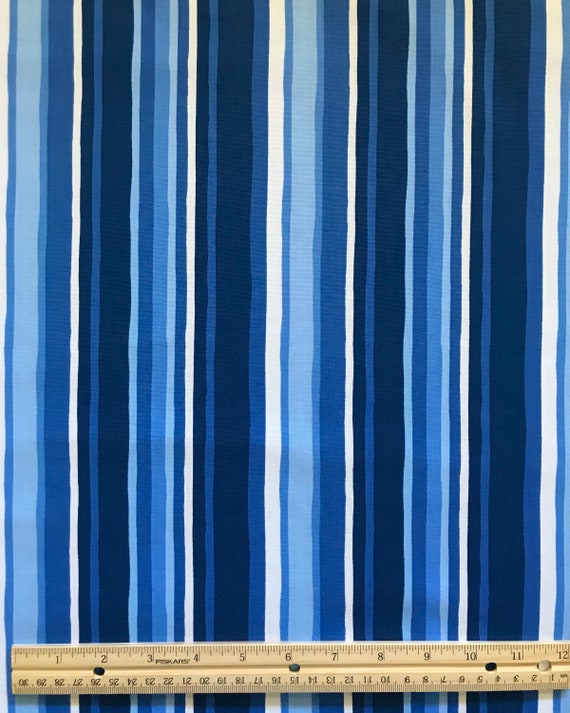All 4 Way Stretch Fabrics for Beginners
Wiki Article
All 4 Way Stretch Fabrics - Questions
Table of ContentsThe Facts About All 4 Way Stretch Fabrics RevealedNot known Facts About All 4 Way Stretch FabricsLittle Known Questions About All 4 Way Stretch Fabrics.The Best Strategy To Use For All 4 Way Stretch Fabrics4 Easy Facts About All 4 Way Stretch Fabrics ShownFacts About All 4 Way Stretch Fabrics Revealed9 Easy Facts About All 4 Way Stretch Fabrics Explained
As I additionally want UV defense from my garments when I go out, I would certainly select a densely woven cotton textile. One even more consideration when acquiring the fabric is the way it will certainly after cleaning.A sure thing would certainly be to purchase at the very least 10% added textile. If you can get preshrunk fabric, this is the ideal. Preshrunk textile will certainly have tags that will certainly claim" and so on. If you are trying to find a textile that will not extend or lose shape, you can try to find the "anti-sag" label.

If you are matching the shade, like selecting the cellular lining for the primary fabric or choosing textile to include as trim, this is especially essential. The textile display rooms will normally have a light well where you can see the material in sunlight (or a home window with great light from outside).
Indicators on All 4 Way Stretch Fabrics You Should Know

Most materials have to do with 44 vast. When you most likely to get textile, estimate just how much you desire first and afterwards go to the shop. Look into this post to understand the response to this often heard concern "Just how much textile do I need". With a fat quarter, you will certainly obtain an 18 large by 22 long.
Some excellent deals can be had this way. In dressmaking, we get fabric by the yard/meter.
Facts About All 4 Way Stretch Fabrics Revealed
In a quarter of a yard, you get a 9 by 44 strip of textile, which is regarding 22 cm in size. It is constantly much better to purchase wider towel. According to the size of materials, they may be called single-width and double-width. Single size is usually approximately 49 inches in width and double size approximately 60.You can discover more concerning yard to meter conversion here. Look into this blog post on checking out a measuring tape Pick textiles that are not too tough or rigid, or you wouldn't be comfortable in them. Linen, Jeans, flannel, For cooler climates, choose wool (100% along with wool blends) wool tweeds, wool crepe; it primarily relies on what pants you are speaking about Tailored trousers, Unstructured Pant, Combined, Denim.
Corduroy fits to use textile to select for pants. All cotton fabrics benefit kids. You can select a cotton satin stretch or a cotton twill or cotton satin or yard. Knit materials are also wonderful for children you can go with woollen knits. Interlock knits are dressmaking knits that stretch throughout the grain.
Some Known Factual Statements About All 4 Way Stretch Fabrics
Have a look at this blog post on the very best textile for clothes for children and youngsters for even more information on this subject. Light-weight cotton is my preferred to stitch skirts. Cotton grass fabric in attractive prints is excellent. Silk jersey is a terrific fabric for sewing skirts, as is Ponte Roma weaved material.Drapey rayons, soft woollen, lycra blends, and stretch velours are all ideal for sewing skirts. Wool (Wool crepe has a terrific drape and provides sufficient structure for jackets; wool tweeds are excellent as well), Bed linen & Flannel. Raw silk, satin, taffeta, velvet, Shoelace, silk chiffon, and Fabric are all terrific for making gowns.
You can acquire medium-weight fabrics with some spandex/elastane included for a suitable bodycon-type gown. For drapey gowns, you can select lightweight textiles. Crepe, challis, and charmeuse are all drapey textiles matched for this style.
Light-weight cotton material, Cambric, Chintz, Twill, Faille, Seersucker, Poplin, lightweight woven broadcloth, batiste, bed linen, eyelet are good for making tee shirts and shirts. I like chiffon blouses. Silky satin textile is great for making airy tops. Take a look at the post on the 7 best materials for making shirts. Making stoles and scarves require various considerations for the material check out this post on the materials for making scarves When purchasing formed fabric (the majority of the formed fabric comes with a width of 45 or 54 inches), there will certainly be pattern repeat in these textiles, and this should be considered when cutting fabric in addition to getting them i.e., if you wish to match the patterns at the joints.
why not try here
The Best Guide To All 4 Way Stretch Fabrics
This article has the names of all the checkered patterns and this, red stripe patterns. The themes will be distributed in a scheduled style on the fabric. You may notice often If the print is not put on the material correctly, it can not be matched or lined up when created without misshaping the fabric and the hang of the garment.

You can find out more concerning grain and grainline of textile below. The textile weight is dependent on lots of variables like the weave, fiber kind, etc and is usually represented by GSM. GSM can vary from 60 -700; 700 being the GSM of very premium woolen textile. A denim material has a GSM of 400, depending upon the weave.
One thing you have to keep in mind is that higher material weight does not signify greater material top quality. You can not select high material weight textile jeans for a lightweight floating shawl.
In a nutshell, the most important requirements to look for in the fabric you purchase are as complies with (http://tupalo.com/en/users/7455277). The number of threads per inch of textile (yarns-per-inch).
Some Known Details About All 4 Way Stretch Fabrics
In high-quality textile, this balance (either in numbers or in size) will certainly constantly be maintained. Procedures utilized on textile to improve look and performance.A two-ply thread transcends to a single-ply yarn.
If you are obtaining ready to begin a new sewing job, choosing a textile will certainly be the most vital action when you decide what you wish to make. After you've gone to all the problem and cost of getting the sewing equipment you like, a pattern you enjoy, and a material you like, you desire the ended up product to be a success? One method to accomplish that is to begin by seeing to it your material is absolutely ideal for the job.
The Best Strategy To Use For All 4 Way Stretch Fabrics
For example, if you're making a patchwork, you'll automatically wish to utilize quilter's weight cotton for ideal results. What if you want to make a product of clothing? Just how do you know which textile will give you the most effective outcome? Choosing a fabric merely since you love the print or layout on it isn't always the most effective technique.You understand. In order to stay clear of doing a whole project for essentially nothing, we have actually assembled some pointers to assist you make a decision which textile is best for your job. Allow's say you currently have a task in mind; just how do you discover the best fabric for it? One method is to look at similar items in storesor ones you currently have.
Believe of the attributes you desire the completed item to have. If clothing, will it be fitted or loose? Dressy or everyday? For cozy climate or cold? Do you desire a solid color or a print? If you are making a non-wearable item such as a cushion cover or pot holder, use a durable textile such as canvas.
There is a lot details around concerning textiles, their characteristics, and their usages, it can obtain to be overwhelming! So don't try to take it in all at the same time; simply start with the task handy. Find out all you can about the textile you make use of for this set task.
Report this wiki page